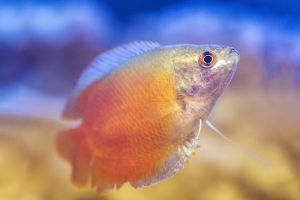Nail art has evolved from simple single-color applications to elaborate designs that showcase creativity and individuality.
One of the most exciting trends in nail art is mixing nail polish colors to create custom shades and unique effects.
But how do you mix nail polish colors effectively, and what should you consider before diving into this artistic endeavor?
Mixing nail polish colors is an art form that allows you to create custom shades and finishes that are uniquely yours. Whether you’re aiming for a new hue, a gradient effect, or a marbled design, understanding the basics of color mixing is key.
- Start with Base Colors: Begin with the nail polish colors you want to blend. Generally, it’s best to start with two or three colors that complement each other or share a common tone. For example, mixing shades within the same color family, such as pinks or blues, can yield more predictable results.
- Use a Mixing Palette: To blend colors effectively, use a mixing palette or a small, disposable surface. This helps you blend the colors without making a mess and allows you to experiment with different ratios.
- Mixing Techniques: There are several ways to mix nail polish colors:
Direct Blending: Apply a small amount of each color onto the palette and use a brush or toothpick to blend them together until you achieve the desired shade.
- Layering: Apply one color as a base coat and layer another color on top. This technique can create various effects, such as a gradient or ombre look.
Mixing nail polish colors can be a fun and rewarding process, but there are a few tips to keep in mind to ensure success:
- Test First: Always test your mixed colors on a piece of paper or a disposable nail wheel before applying them to your nails. This allows you to see the final color and make adjustments if needed.
- Use the Right Tools: Use clean tools to avoid contamination and ensure that the colors mix evenly. A small brush, toothpick, or even a spatula can be helpful for precise blending.
- Consider Nail Polish Consistency: The consistency of your nail polish can affect the mixing process. If you’re mixing thick polishes, you might need to add a few drops of nail polish thinner to achieve a smooth blend.
- Store Properly: If you mix a larger batch of polish, store it in a clean, airtight container to prevent it from drying out or separating.
- Experiment: Don’t be afraid to experiment with different color combinations and techniques. Some of the most stunning nail art designs come from trying new and unconventional ideas.
While mixing nail polish colors can be exciting, there are a few potential pitfalls to be aware of:
- Color Reactions: Some nail polish formulas may not blend well together due to chemical reactions. Always check compatibility before mixing, and avoid combining polishes from different brands or types if they don’t seem to work well together.
- Drying Issues: Mixing too many colors or using thick polishes can affect drying time. Make sure each layer dries completely to prevent smudging or uneven application.
- Consistency Changes: Mixing colors can alter the consistency of the polish. If you notice that your mixed polish becomes too thick or gloopy, consider adding a few drops of nail polish thinner to restore its original texture.
Mixing nail polish colors is a creative and enjoyable way to customize your nail art and achieve unique shades and effects.
By understanding the basics of color mixing, using the right tools, and experimenting with different techniques, you can create personalized and stunning designs that reflect your style.


